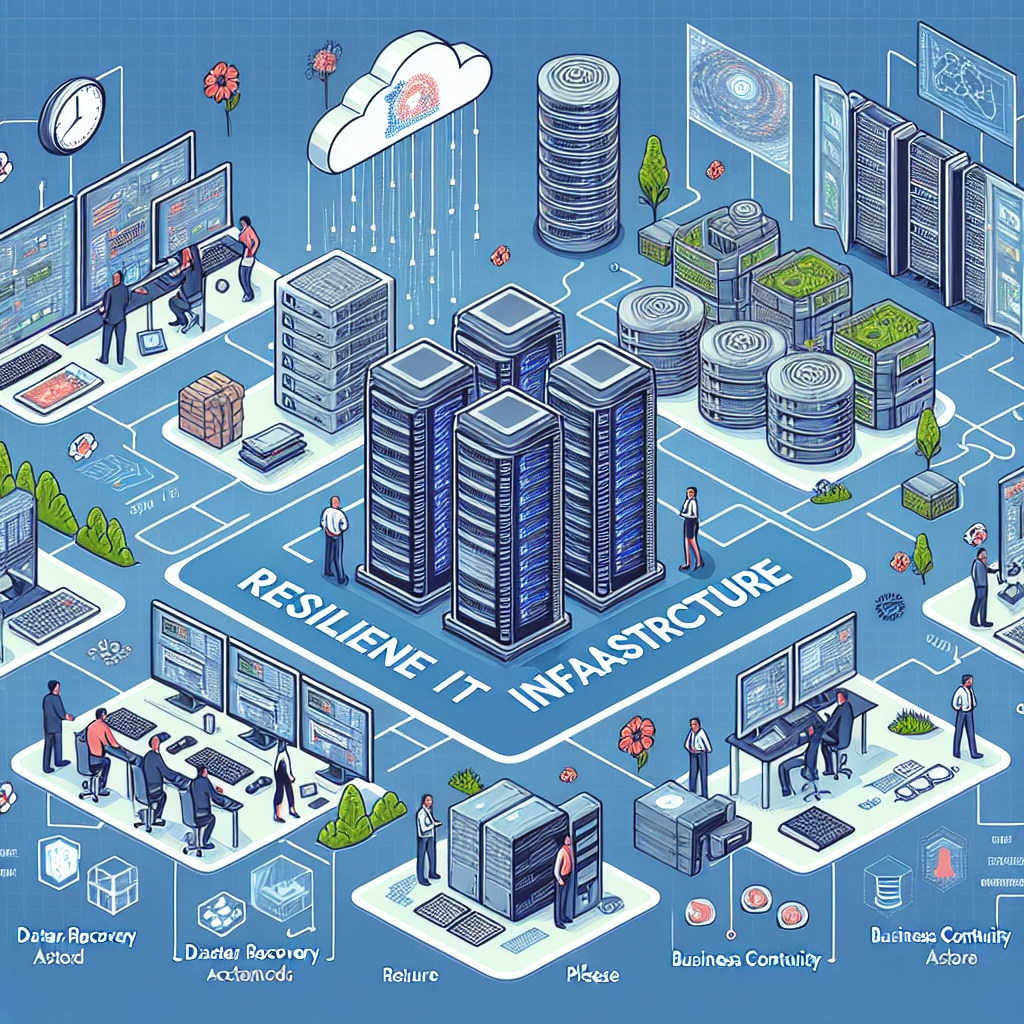In today’s digital age, businesses rely heavily on their IT infrastructure to operate efficiently and effectively. From storing important data to communicating with clients and customers, the IT infrastructure is crucial to the success of any organization. However, with the increasing number of cyber threats and natural disasters, it is essential for businesses to have a resilient IT infrastructure in place to ensure continuity of operations in the face of adversity.
Disaster recovery and business continuity are two key components of building a resilient IT infrastructure. Disaster recovery focuses on the process of restoring data and systems in the event of a disaster, whether it be a cyber attack, natural disaster, or human error. Business continuity, on the other hand, involves creating a plan to ensure that critical business functions can continue to operate in the event of a disruption.
To effectively build a resilient IT infrastructure, businesses should consider the following steps:
1. Conduct a risk assessment: Before implementing a disaster recovery and business continuity plan, it is important to identify potential risks that could disrupt operations. This includes assessing the likelihood of different types of disasters, as well as the potential impact they could have on the business.
2. Develop a disaster recovery plan: Once potential risks have been identified, businesses should develop a comprehensive disaster recovery plan that outlines the steps to take in the event of a disaster. This plan should include procedures for backing up data, restoring systems, and communicating with employees and stakeholders.
3. Implement backup and recovery solutions: To ensure that critical data is protected in the event of a disaster, businesses should implement backup and recovery solutions. This may include regularly backing up data to offsite locations, as well as implementing cloud-based backup solutions.
4. Test the plan: It is essential to regularly test the disaster recovery and business continuity plan to ensure that it is effective in the event of a real disaster. This may involve conducting regular drills or simulations to identify any weaknesses in the plan.
5. Monitor and update the plan: The IT landscape is constantly evolving, so it is important to regularly monitor and update the disaster recovery and business continuity plan to reflect changes in technology and potential risks. This may involve conducting regular risk assessments and updating procedures as needed.
By following these steps, businesses can build a resilient IT infrastructure that can withstand potential disasters and ensure continuity of operations. In today’s unpredictable business environment, having a robust disaster recovery and business continuity plan in place is essential to the long-term success of any organization.


Leave a Reply